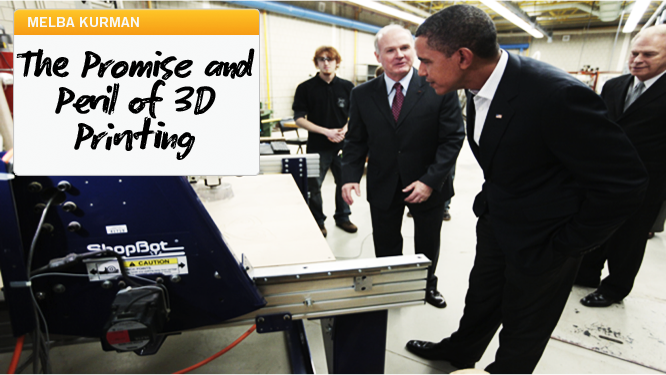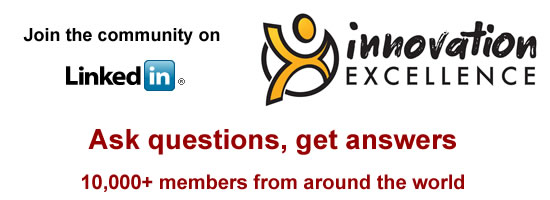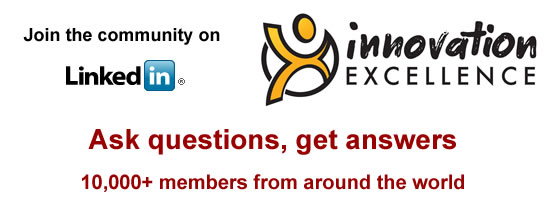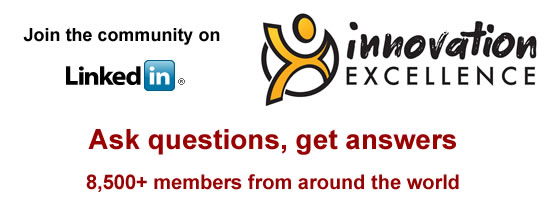Posts by Melba Kurman
"Fabricated" is Hot Off the Press in China
IX Contributor Melba Kurman takes us with her to China, where her latest book “Fabricated: the new world of 3D printing”, was translated into Chinese a few months ago. Fabricated has been one of the top-selling business and economics books for several weeks in China.
Read MorePreaching the Gospel of Entrepreneurship
The gospel of entrepreneurship, when swallowed whole, would have you believe that we’re entering a brave new post Fortune 500 era, that economic salvation is available to those who embrace entrepreneurship.
Read MoreThe Promise and Peril of 3D Printing
By now, you’ve probably heard about 3D printing. 3D printing technology isn’t new — it’s actually been around for a few decades. What’s new is the fact that in the past few years, a “perfect storm†of converging technologies are rapidly opening up a lot of potential new applications.
Read MoreUniversity Startups – Why health insurance is the ultimate regional economic development
Universities should help cover health insurance costs for startups based on university research that sign a contract for use of a university-owned patent. Now is the perfect time to do this. The U.S. Congress has passed the Patient Protection and Affordable Care Act (PPACA) and health care reforms are underway.
Read MoreFund the Future, not the past
Two pieces of legislation proposed earlier this summer — the America Innovates Act (bill proposed April, 2012) and the Startup 2.0 Act (revised in May, 22, 2012) share a common goal: to improve the flow of university research to society and thereby, increase industry innovation and create startups that create jobs. After that, their similarity ends. These two bills reflect the Great Debate: are university commercialization efforts just underfunded, or are they underperforming?
Read MoreMandatory Ranking of R&D – a growing debate
What if the unthinkable happened and the U.S. government imposed a mandatory and public ranking of research universities and individual faculty according to their “research excellence?” Just to be clear, I’m not advocating …
Read MorePart II – Diversity in University Technology Transfer Strategy
Like socks labeled “one size fits all,†“one size fits all†university technology commercialization strategy is actually “one size fits no one.†There’s a yawning chasm between diverse, local realities, and what ultimately gets passed off as strategy in mainstream tech transfer policy discussions, scholarly articles, and training workshops. This article is Part II of an earlier article that explored five common challenges in bringing university research to market that hold true at many universities in the U.S.
Read MoreThe Diversity of University Tech Transfer Strategy
At the risk of stating the obvious, all universities are similar, but each one is different. Just when you think you’ve got a key piece of university tech transfer strategy figured out — like peeling the proverbial onion — you unearth another layer you haven’t even considered. (Actually, in this case, onions are much too stolid and predictable – maybe raking leaves on a windy day would be a better analogy.)
Read MoreAllocating Broadband for Maximal Innovation
Will investing additional broadband resources in university towns create new inventions that ultimately create high-value jobs?
Read MoreFive Events That Will Shape University Technology Transfer
If I had to characterize the year 2011 in the world of university technology transfer, I would describe it as a year of “wait and see.” Of course several notable events happened — for example, patent reform and a Supreme Court case that clarified limitations on university patent ownership. But my sense was that this year’s big events will make their true impact felt over the longer term.
Read More








